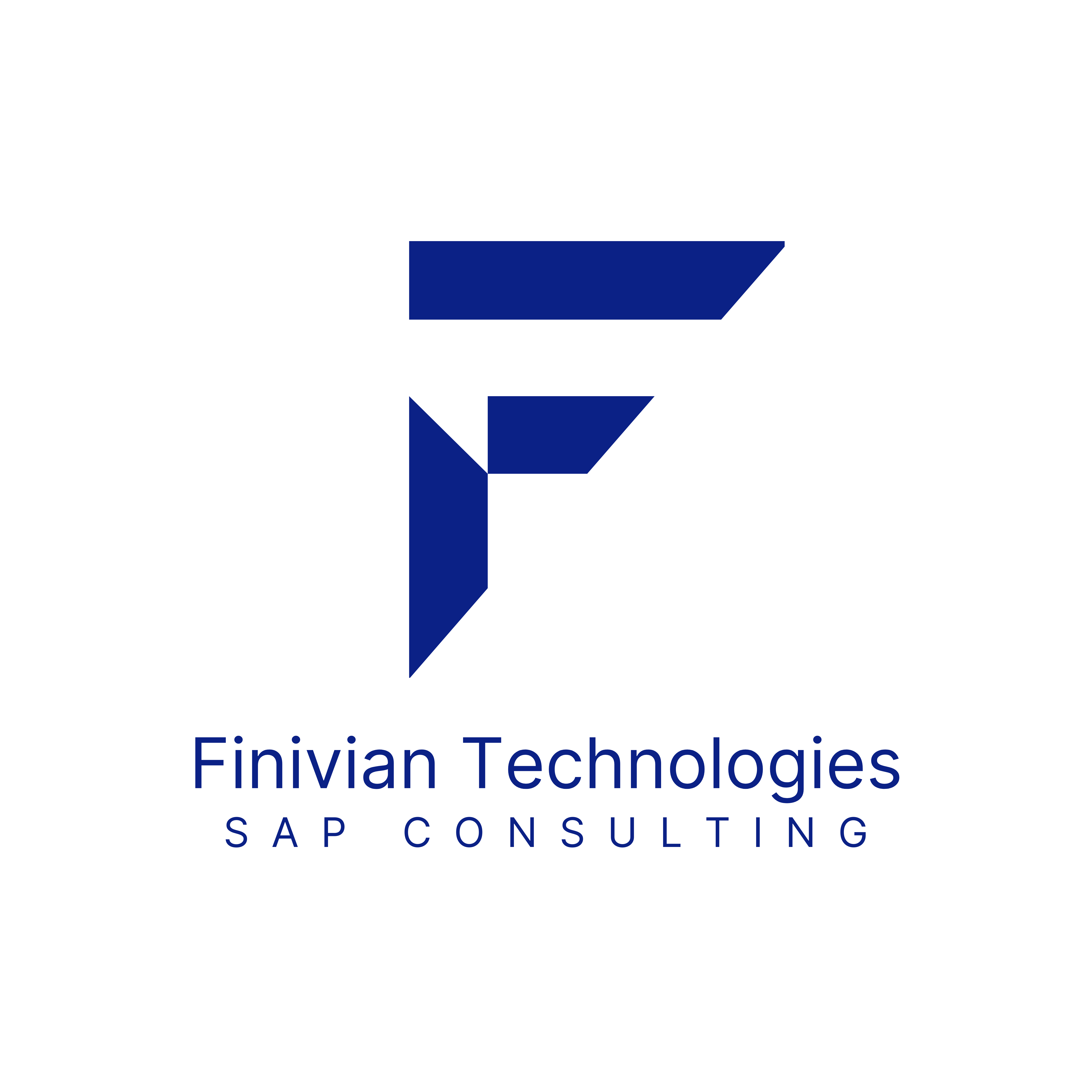Introduction
The traditional 9-to-5 work model is undergoing a quiet transformation. In a world that’s increasingly digital, borderless, and experience-focused, professionals across industries are exploring more flexible and independent ways to work. And for those in the SAP consulting space, freelancing has emerged as a game-changing opportunity—one that blends deep domain expertise with entrepreneurial freedom.
But how do you actually get started as a freelance SAP consultant in 2025? What does the journey look like from full-time employee to independent expert? And what should you expect along the way?
Whether you’re already an SAP consultant contemplating the leap, or you’re early in your career and curious about what freelancing in this field entails, this blog is your complete roadmap.
Why Freelancing in SAP Consulting Makes Sense in 2025
In 2025, we’re seeing a noticeable shift in how companies hire SAP talent. More and more businesses are embracing flexible work arrangements, especially for project-based roles like implementation, migration, support, and upgrades.
Companies are turning to freelance SAP consultants for:
- Short-term expertise without long-term commitment
- Faster onboarding for niche projects
- Specialized skills for unique SAP modules or business processes
For consultants, this shift opens up a world of benefits:
- Freedom to choose projects, clients, and working hours
- Opportunities to work with clients across the globe
- Higher earning potential compared to fixed salaries
- Diverse experience across industries and use cases
If you’re passionate about SAP and want the flexibility to work on your own terms, freelancing can be a deeply fulfilling path.
Step 1: Understand What It Means to Be a Freelance SAP Consultant
Freelancing in SAP is more than just “working from home.” It involves wearing multiple hats: consultant, negotiator, project manager, marketer, and sometimes, accountant.
You’re responsible for delivering quality SAP services independently, without the safety net of a company structure. You might find yourself working on:
- S/4HANA migrations
- Fiori UI customizations
- SAP MM or SD implementations
- SAP EWM integrations
- Support and enhancement tasks
- Data migration, BTP extensions, and more.
Freelancers can specialize in a single module or go broader, depending on their skill set. The key is to offer value that businesses can trust without needing micro-management.
Step 2: Assess If You’re Ready for the Freelance Journey
Before jumping in, take a hard look at your current skill level, confidence, and mindset. Freelancing isn’t just about technical brilliance—it’s about independence and consistency.
Ask yourself:
- Do I have at least 2–3 years of hands-on SAP project experience?
- Am I confident in handling client queries, project scoping, and deliverables?
- Can I work without daily supervision?
- Am I ready to market myself and handle the business side of things (billing, contracts, taxes)?
- Do I have some savings to support me during initial low-income phases?
If the answer to most of these is “yes,” you’re likely ready to start exploring freelancing seriously.
Step 3: Build Your SAP Portfolio and Personal Brand
Your portfolio is your proof of capability—it replaces your job title and your company’s brand name.
Here’s what it should include:
- A compelling professional summary: Highlight your domain expertise, industries served, modules worked on, and unique strengths.
- Project highlights: Briefly describe 3–5 major projects you’ve contributed to—mention goals, modules, outcomes, and your role.
- Certifications: SAP S/4HANA, Fiori, Activate Methodology, or module-specific certifications can boost credibility.
- LinkedIn profile: Treat it like your landing page. Use a professional photo, an eye-catching headline, and a keyword-rich summary.
- Optional personal website: A one-page website showcasing your services, testimonials, and contact form adds a layer of trust.
This step is all about making your experience discoverable and easy to trust.
Step 4: Choose Your Freelance Entry Point
You can enter the freelance SAP world in two main ways:
1. Freelance Platforms (Fiverr, Upwork, Freelancer, Toptal)
These platforms connect freelancers with clients looking for short or medium-term SAP expertise. You create a profile, publish “gigs” or apply for posted jobs, and get rated after each delivery.
Pros:
- Immediate access to a global client base
- Built-in tools for communication, invoicing, and payments
- Great for first-time freelancers
Cons:
- High competition
- Platform commission cuts (usually 10-20%)
- Need to build reviews and trust from scratch
2. Direct Client Outreach
This involves reaching out to companies or decision-makers via LinkedIn, referrals, or email marketing. It’s a longer game but pays off handsomely in the long run.
Pros:
- Better pay rates
- More negotiation power
- Stronger relationships and repeat business
Cons:
- Requires personal branding, lead generation, and networking skills
- Takes time to build a steady client base
Many seasoned freelancers use both methods—platforms to stay busy, and direct clients for bigger wins.
Step 5: Take Care of the Legalities (Especially If You’re in India)
To run your freelance consulting like a real business, you’ll need a few formalities sorted out:
- PAN card: Mandatory for any financial transaction or invoicing.
- GST registration: Required if your income exceeds ₹20 lakhs/year, or if you’re working with GST-registered clients who demand GST invoices.
- Freelancer Bank Account: A current account or separate savings account helps keep personal and business finances separate.
- Invoice software: Tools like Zoho Invoice, Refrens, or QuickBooks help you generate professional invoices, track payments, and calculate taxes.
- Understanding TDS and ITR: Freelancers may be subject to TDS deductions (typically 10%) and must file Income Tax Returns under Section 44ADA (presumptive taxation for professionals).
Taking care of your legal and tax obligations early on will keep your business clean, credible, and stress-free.
Step 6: Price Your SAP Consulting Services Smartly
Setting the right pricing can make or break your freelancing game. Underpricing makes you look inexperienced; overpricing without justification can push away potential clients.
Here’s how to approach it:
- Hourly pricing: ₹1,000 to ₹4,000/hour depending on your experience and niche.
- Project-based pricing: Define the scope, timeline, and complexity. Use milestone-based billing for larger projects.
- Daily/monthly retainer: Common for ongoing support or large-scale implementations.
You can also structure packages (especially on platforms):
| Package | Description | Example |
| Basic | 1-hour SAP consultation or issue fix | ₹2,000–₹3,000 |
| Standard | Module configuration + 3 days support | ₹15,000–₹30,000 |
| Premium | Full implementation support | ₹60,000–₹1.5L+ |
Pro tip: Research competitors in your niche and never be afraid to charge based on the value you deliver.
Step 7: Find Your First Freelance Clients
Landing your first client is the biggest psychological hurdle—but it sets everything in motion.
Here are ways to start:
- LinkedIn Outreach: Message SAP hiring managers, project leads, or tech directors. Be polite, brief, and direct.
- Content Marketing: Post SAP tips, project experiences, or client wins. It positions you as an expert.
- Freelance Job Boards: Set alerts on job boards like Naukri, Indeed, Fiverr, Upwork, and SAP community job listings.
- Leverage Your Network: Reach out to ex-colleagues, mentors, or clients—referrals work wonders.
Remember: One happy client = testimonials + referrals + repeat work.
Step 8: Deliver with Professionalism
Winning a project is just the beginning. Now you need to deliver results that exceed expectations.
- Kick off with a short discovery call or briefing session
- Set clear timelines, deliverables, and communication expectations
- Stick to deadlines and provide regular updates
- Share documentation and walkthroughs if needed
- Be proactive—anticipate challenges and solve them early
Professionalism, even in small tasks, is what turns a one-time client into a long-term partner.
Step 9: Tools That Make Freelancing Easier
Here’s a quick list of tools to stay efficient:
| Category | Tools |
| Project Management | Trello, Notion, ClickUp |
| Time Tracking | Toggl, Clockify |
| Communication | Zoom, Microsoft Teams, Slack |
| Invoicing & Finance | Refrens, Zoho Invoice, RazorpayX |
| SAP Learning | Open SAP, SAP Community, SAP Press |
Good tools save time, reduce errors, and help you work like a pro.
Step 10: Keep Growing—Future-Proof Your Freelance Career
Freelancing is a journey, not a destination. You must keep evolving to stay relevant.
- Stay updated with SAP innovations like SAP BTP, AI in SAP, and S/4HANA Cloud
- Upskill regularly through courses and certifications
- Consider mentoring or content creation (blogs, videos, workshops)
- Build your personal brand to attract premium clients
- Attend SAP events, webinars, and meetups (virtual or physical)
Being visible, helpful, and skilled is your best bet for long-term success.
Final Words: Start Smart, Grow Steady
Freelancing as an SAP consultant in 2025 is not just a career move—it’s a lifestyle shift. It offers you autonomy, impact, and growth, but demands consistency, self-motivation, and a business mindset.
Don’t wait for the perfect moment. Start small, learn fast, and stay professional. The freelance world is full of opportunities—and with SAP skills in your arsenal, you’re already ahead.

Ready to explore freelancing in SAP? 🚀
If you’re looking for guidance, resources, or someone to brainstorm with, feel free to connect with us at Finivian Tech. We’re here to support fellow SAP professionals on every step of their journey.

